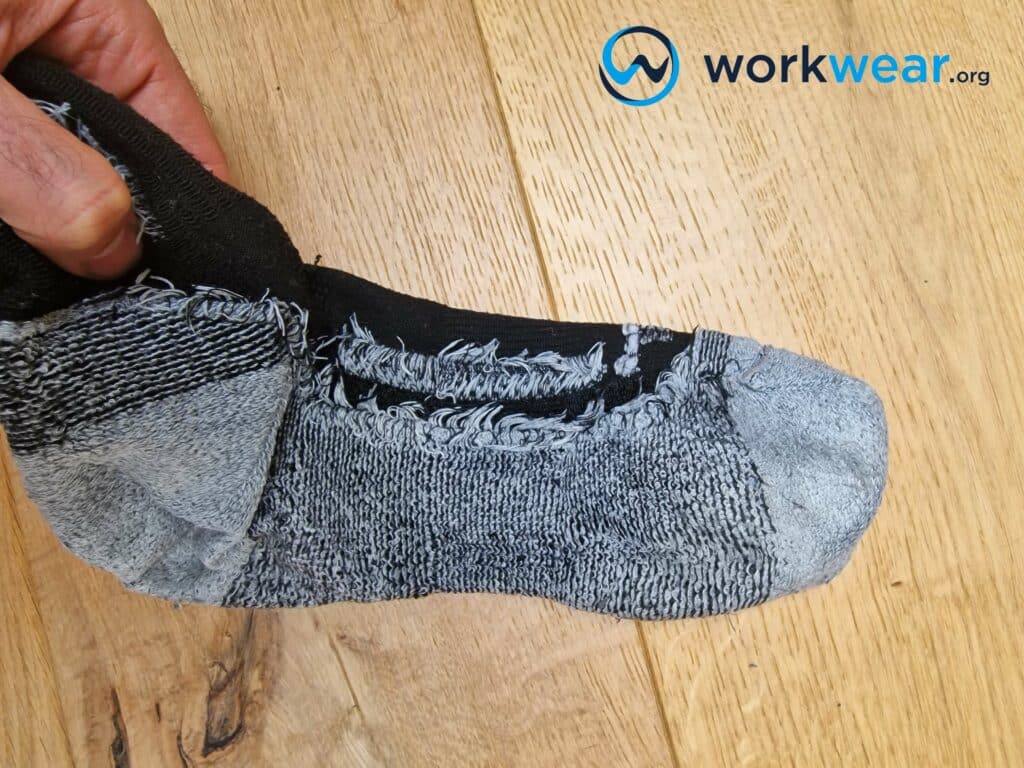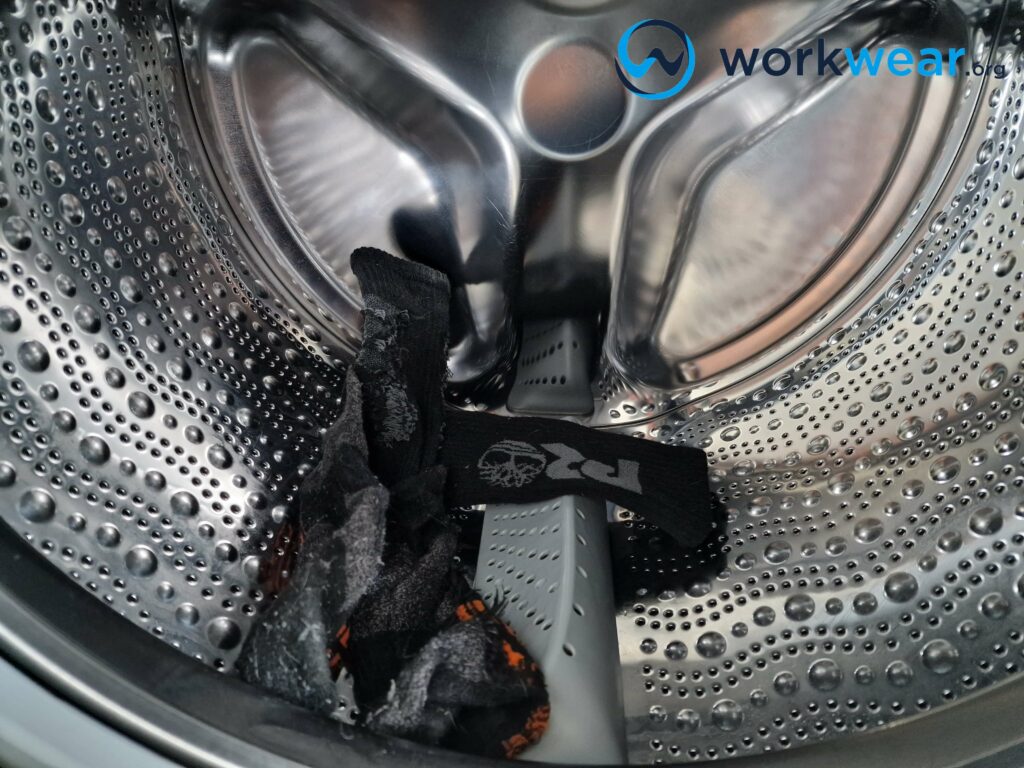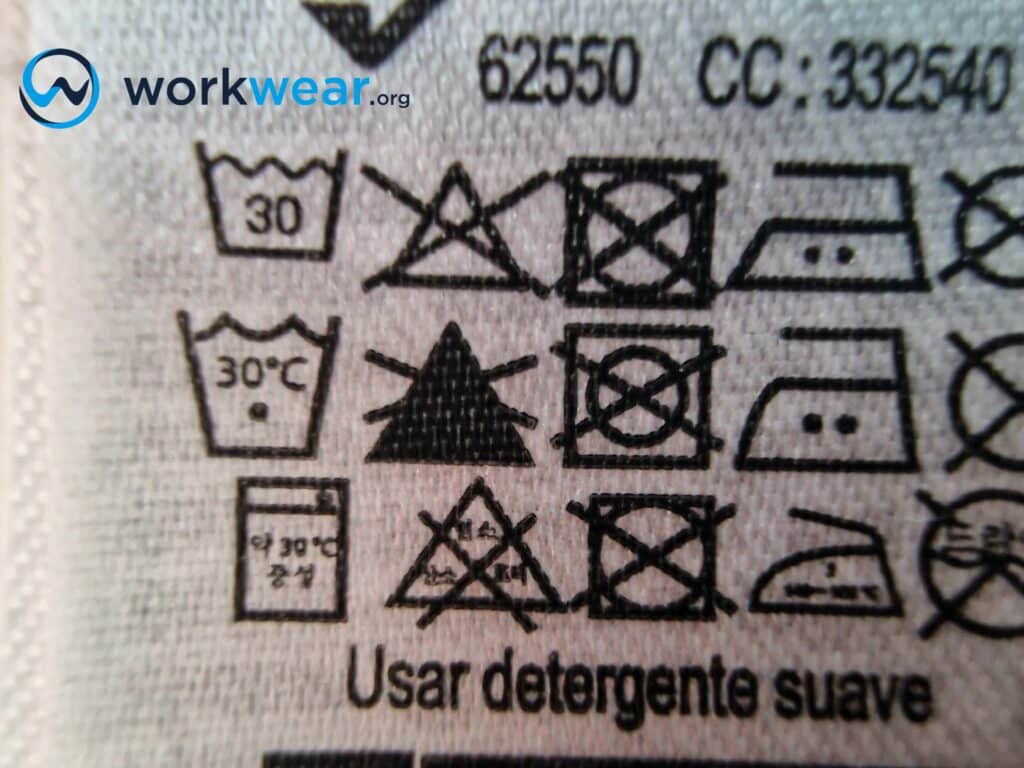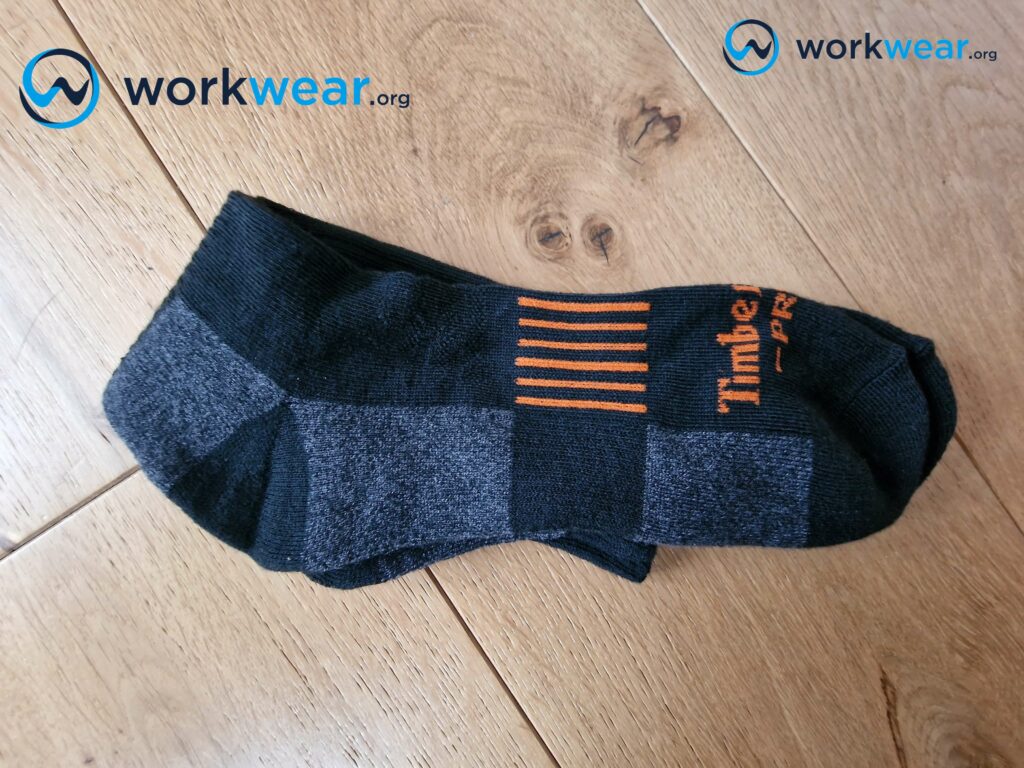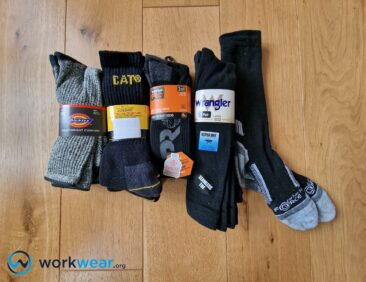How to Take Care of Your Work Socks and Make Them Last Longer
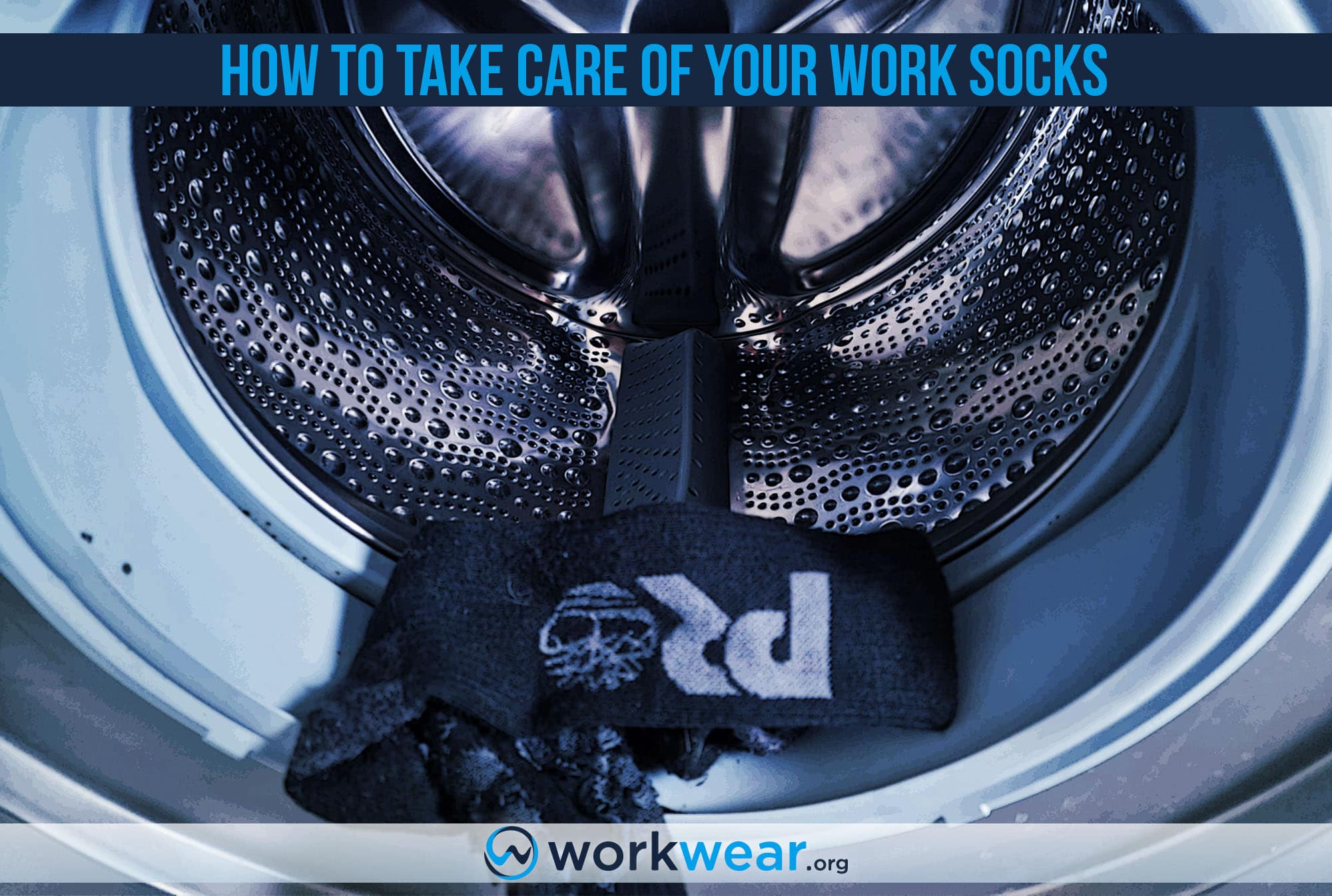
Work boots take on the impact of walking or standing all day, saving the feet from absorbing all the impact.
However, even the best pairs of work footwear won’t perform as well when they’re not used with proper work socks.
The extra layer of material adds just enough softness to improve comfort, forming a barrier over the skin to protect it against rubbing painfully against the interior of the work boots or shoes. Depending on the material, work socks can also enhance breathability and wick away sweat so that the feet can enjoy a dry and fresh sensation throughout the day.
Being Careful with work socks is crucial to prolong the high-quality appearance and function.
We’re sharing some tried and tested tips below that you can follow to take better care of your work socks.
How to Properly Care for Your Work Socks
Check the manufacturer’s care instructions
Take the time to read the care instructions in the work socks’ packaging.
Depending on the socks’ material, specific steps or special procedures may need to be followed to maintain product quality.
Turn them inside out first
The outer layer of work socks is the most exposed to dirt and other small debris that may be left inside work boots and shoes.
However, it’s best to turn the socks inside out first before washing them because the interior is where sweat and dead skin is trapped from hours of continuous sock use.
Turning the socks inside-out ensures that these substances are washed away, leaving the surface clean and safe for skin touching during the next use.
Use a gentle wash cycle
Make sure to select a gentle wash cycle for your socks.
This helps protect the fabric from getting beat up by more emotional cycles, which can result in the socks becoming misshapen or losing their elastic quality.
Using a gentle detergent to clean the socks properly without damaging the fibers is also a good idea.
Avoid using hot water for washing
Work socks should be washed in cool water, not exceeding 30°C.
This helps the fabric retain its quality and stay soft and elastic enough to protect the feet inside the work footwear.
Hang them out to dry
The best way to dry work socks is to hang them out and let the air dry them naturally.
It’s not a good idea to put them in the dryer as the heat can damage the fabric, while the continuous tumbling motion will likely deform the socks’ shape and elastic quality.
Don’t iron work socks
Just as high-temperature water can cause damage, ironing will also hurt the socks’ material.
Direct exposure to extreme heat can compromise the socks’ comfy softness and deteriorate the shape of thin work socks.
Hanging them in a line is the ideal way of drying the socks naturally while preventing material deterioration.
Trim your toenails
This step doesn’t seem related to socks at first but will significantly affect your work socks’ life.
Toenails that grow too long will poke into the socks, and the friction points will eventually form holes that can grow larger with every wear.
Keeping your toenails short will eliminate the risk of holes developing on the tips of your socks.
Clean the insides of your work boots or shoes
Keeping the interior of your work boots or shoes clean will also positively affect your work socks. Removing dirt and other debris inside the footwear prevents the socks from being exposed to objects that can poke or tear the fabric.
Keeping the shoes clean will also prevent bacteria and fungus from developing, which can also compromise the quality and performance of the work socks.
Wash them after every wear
Just like underwear, work socks should be washed after every wear.
The fabric is directly in contact with the skin for long hours, trapping sweat and skin cells that must be washed before the next use.
Washing the socks after every wear will prevent bacteria and odor build-up, helping preserve the fabric’s quality for much longer.
Avoid tying the socks together
Tying the socks together or rolling them into a tight bundle can help prevent one sock from getting lost through the jumble of other clothing items. However, this practice should be avoided if you want to prolong the life of your socks.
This is because tying or bundling them together puts unnecessary stress on the fabric, causing it to lose its original shape and elasticity much faster.
Turn to fold to keep the socks together
Instead of rolling or tying them together, it’s better to fold the socks so they won’t get lost with your other clothes.
Doing so not only makes it look much neater, but it also protects the socks’ material, so it won’t easily deteriorate even when the pairs are in storage.
How to Take Care of Your Work Socks
| Sock Material |
Care Instructions |
|---|---|
| 100% Cotton |
|
| Wool |
|
| Polyester |
|
| Bamboo |
|
Conclusion
Work socks go hand-in-hand with work boots to protect the feet and keep them moving comfortably while on the job. In addition, they prevent the skin from painful chafing while also stopping sweat and odor build-up after hours of continuous use. To maintain the work socks’ quality and performance over a long time, it’s necessary to follow some basic steps when washing, drying, and storing the products. These procedures may vary slightly considering the different materials used for work socks but generally provide a comprehensive guide to keeping the work socks’ superior design and functionality for much longer.
FAQs
- Is it a good idea to wash work socks by hand?
- Washing work socks is a good idea because it ensures a gentle way of cleaning the fabric. However, it can be a time-consuming process that not everyone may have time for.
- Can smelly shoes affect work socks, too?
- Work socks can absorb the bad odors in work boots’ insoles. It’s best to clean and disinfect the insoles regularly to ensure they don’t develop bad smells and bacteria from regular use.
- Is it ok to wash work socks with other clothing items?
- Yes, as long as the washing cycle is gentle to ensure that the socks are not exposed to extreme agitation that can damage the material.
- Do work socks need to be changed more than once daily?
- It depends on the activities. For example, if the socks have become soaked due to mud or water puddle exposure, changing to a dry pair on any workday is a good idea. Otherwise, it’s fine to go through one pair of work socks daily.
678+
Products Reviewed
24+ Years
Combined Experience
500+ Hrs
Field Testing
